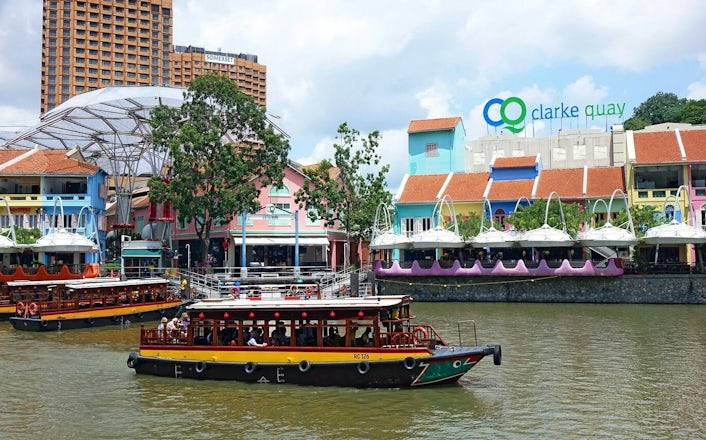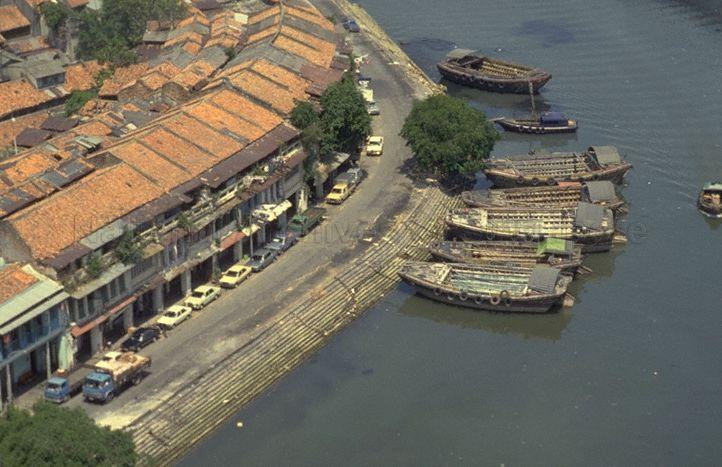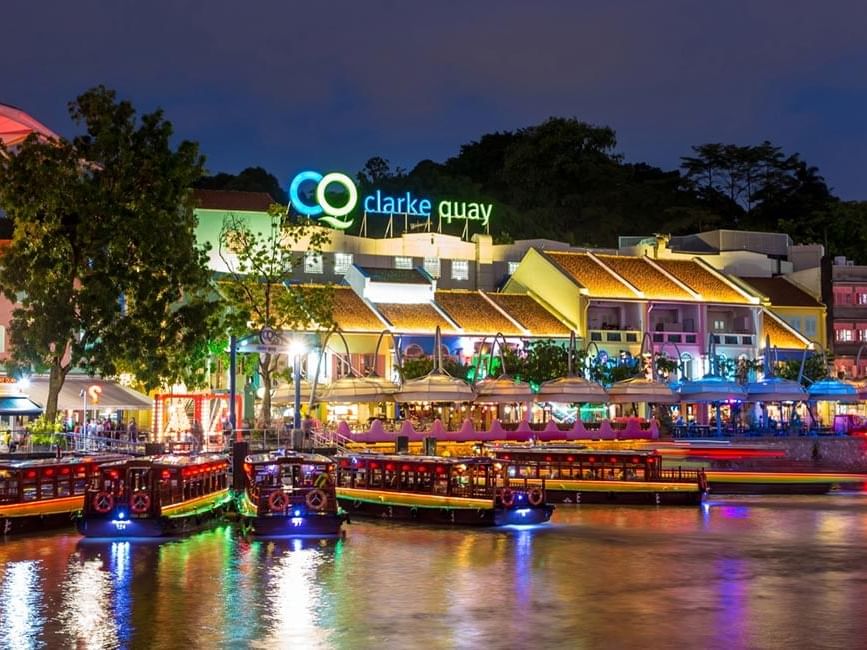
Clarke Quay
Nestled along the picturesque Singapore River, Clarke Quay has long stood as a testament to Singapore's colonial past, dotted with architecture that whispers tales of its storied history.
Once teeming with bumboats and the bustle of trade, the quay was named after Sir Andrew Clarke, Singapore's second Governor, and became a critical artery in the country's commerce, contributing significantly to its economic prosperity.
By the turn of the millennium, Clarke Quay began to pivot from its historical roots toward a future as a cosmopolitan lifestyle destination. The merger that birthed CapitaLand marked a renaissance for the Quay, ushering in a bold vision to transform it into a vibrant hub for the young and trendy.
History
Clarke Quay was named in honour of Sir Andrew Clarke, Singapore's second Governor, who was instrumental in establishing Singapore as the main port for the nearby Malay states. The area also includes a road named Clarke Quay, which has been transformed into a pedestrian-friendly zone. Nearby Clarke Street, established in 1896 and once known as East Street and West Street, has similarly been turned into a pedestrian mall.
 Clarke Quay in the 1970s - Credit: National Archives of Singapore
Clarke Quay in the 1970s - Credit: National Archives of Singapore
The local Hokkien community knows Clarke Street as the area behind the new Gi Hok Kongsi near Carpenter Street. Another name for the area, used by the Chinese and referring to the southern side near Read Bridge, is "cha chun tau," which means "wood boat jetty." This name comes from the small boats that used to dock there, bringing firewood from Indonesia, a business mainly run by the Teochew people.
Revitalizing the Nightlife and Infrastructure
In pursuit of this new direction, in 2003 the British architectural firm Alsop Architects was commissioned to infuse Clarke Quay with contemporary verve while respecting its past. Nightlife at the quay was revolutionised with the introduction of illustrious names like the French cabaret Crazy Horse Paris and globally recognised nightclubs such as Attica and Ministry of Sound, illuminating the riverside with their neon glow and round-the-clock energy.
The infrastructural metamorphosis was no less impressive. An S$80 million upgrade shielded visitors from the caprices of weather with futuristic canopies and cooling systems, transforming the quay into a year-round haven of comfort. Pod-like dining enclaves along the river offered new vistas for gastronomy, although they did spark a dialogue about the aesthetics of modernity juxtaposed against historical authenticity.
 Clarke Quay illuminated at night
Clarke Quay illuminated at night
A Flourishing District Amidst Historical Echoes
As Clarke Quay blossomed into a modern entertainment powerhouse, it did not neglect its historical heartbeat. The restoration of the last two tongkangs, the iconic cargo boats, into floating restaurants anchored the quay's past firmly alongside its contemporary pulse. The Central mall and the MRT station connectivity further sealed Clarke Quay's status as a place to see and be seen.
Today's Clarke Quay is a symphony of experiences. From the retro tunes emanating from Crazy Elephant to the playful clinks of arcade tokens at Level Up, the quay thrums with diversity. Gourmands revel in the Lobster Broth Ramen at Ramen Keisuke Lobster King, where Japanese flavors are married with French culinary finesse, and at Tongkang Riverboat Dining, the culinary journey is as captivating as the historical vessel it’s served on.
For the thrill-seekers, the G-Max Adrenaline Bungy stands as a modern-day chariot for Icarian flights, offering breathtaking plunges from the skies.
The Challenge of Modern Development Amidst Historical Preservation
As the landscape of Clarke Quay continues to evolve, with its array of modern amenities and attractions drawing crowds, the challenge persists in honoring the delicate balance between the buzz of the new and the serenity of the old. It’s a balance of protecting the rich historical narrative while crafting a narrative anew.
Clarke Quay's evolution is emblematic of Singapore's dynamism, a locale where history and modernity are not at odds but are interwoven in a delicate dance. The area stands as a beacon of successful urban transformation, a place where the echoes of history complement the rhythms of contemporary life, creating an ambiance that's as unique as it is inviting, a quintessential chapter in Singapore's unfolding story.